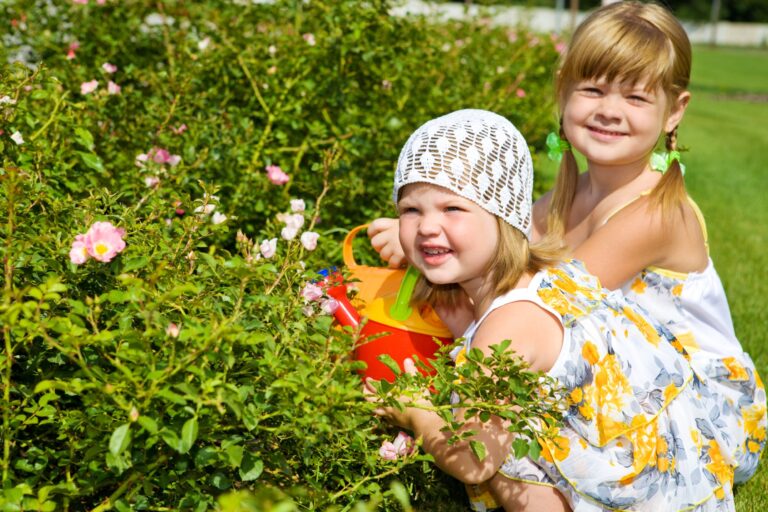As you stand amidst the lush, vibrant foliage of a garden, your busy mind settles into the soothing rhythm of the natural world. The rumination stops. You notice the gentle rustling of leaves, the cheerful chorus of birdsong, and the earthy aroma of freshly turned soil. It’s in these still moments that you realize there’s…
garden thoughts
The Best Plants for Mental Health Benefits
My two biggest passions in life are art and mental health. Gardening is an art form. Also, gardening has many mental health benefits. I was curious to do some research into the best plants for mental health benefits. Of course, this will vary from person to person. Nevertheless, there are some plants commonly considered beneficial…
13 Gardening Books on My To Be Read Shelf
I love my local library. In fact, I get pleasure not just from going to the library and reading the books I get there but also from the process of looking through their catalog regularly and adding books to my “for later shelf.” There’s something satisfying about even just learning about which books are out…
5 Things I Learned About Gardening in 2022
I am happy to be back here on this blog with all of you who are interested in frugal gardening. I had taken a break due to health issues and a loss in the family throughout much of 2022. Luckily, a colleague was able to step in. It looks like they provided you with a…
Being a Beginner in the Garden
I’ve admitted to you in the past that I honestly have a bit of a brown thumb. During periods of depression, this can make me feel like I will never be able to grow a plant ever again. However, most of the time, I’m able to turn off that kind of thinking. I’m able to…




